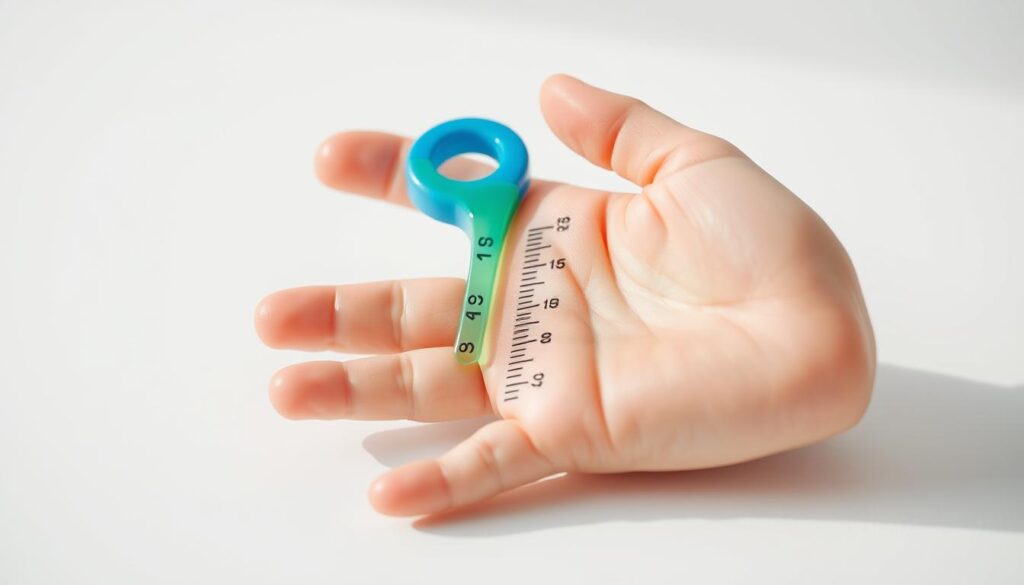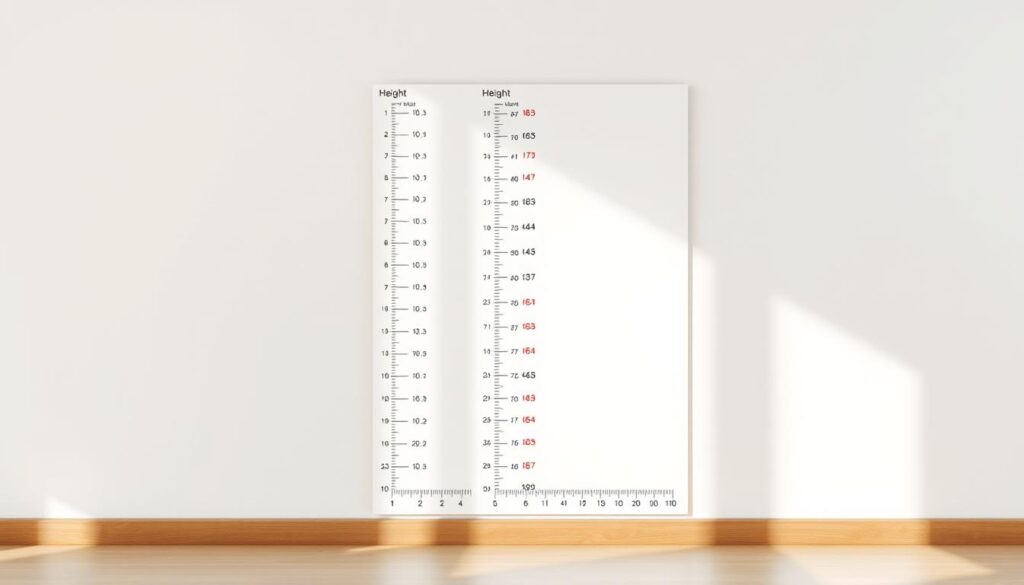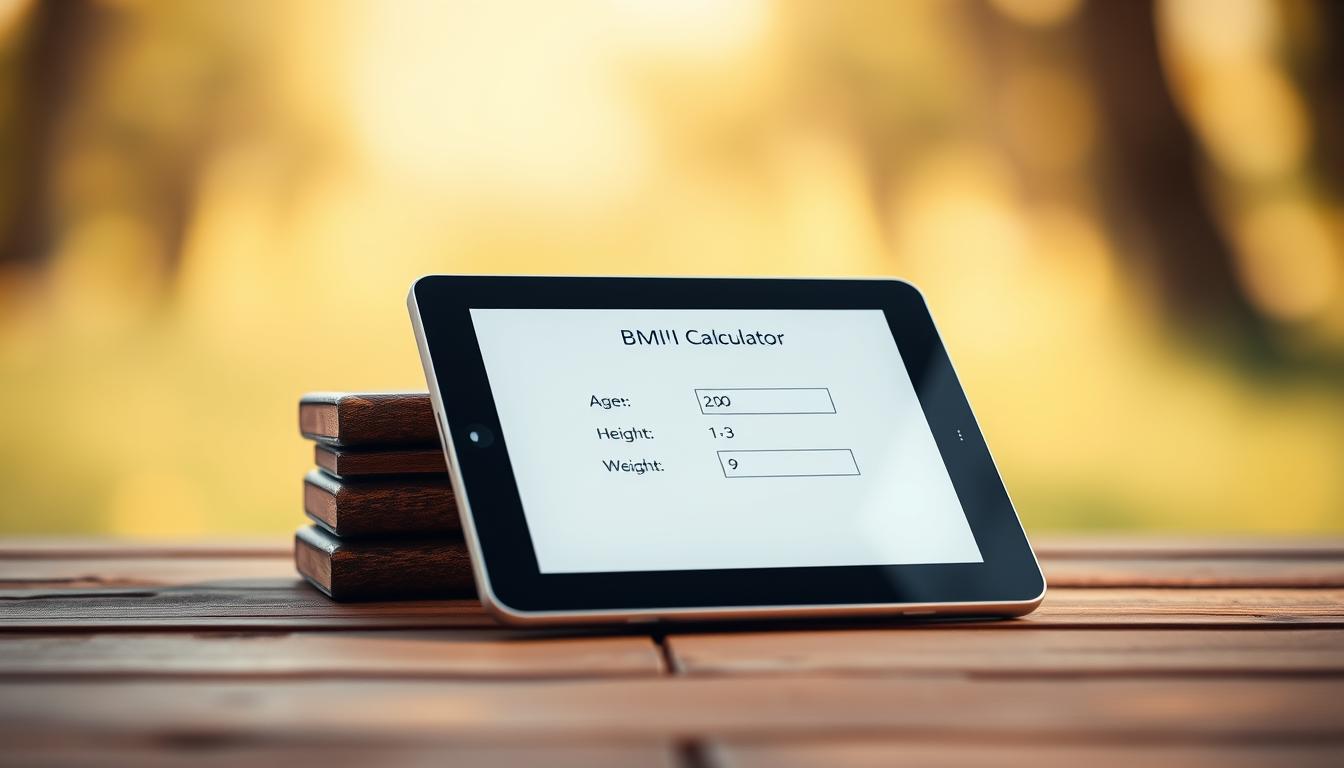How do you know if your child’s weight aligns with their age and height? Many parents rely on vague assumptions or outdated charts, but body mass index offers a clearer picture. Designed for children and teens aged 2–19, this measurement compares weight to height using trusted growth standards. Our tool simplifies this process while delivering precise insights.
Unlike generic tools, our solution accounts for age and gender differences, ensuring results reflect CDC guidelines. You’ll need accurate height and weight measurements—whether in feet/inches or centimeters—to get started. The system then calculates percentile rankings, helping identify potential health trends early.
We’ve crafted this resource to be straightforward for families. Clear instructions guide you step-by-step, and results include explanations from pediatric health experts. While no single metric defines wellness, tracking growth patterns empowers parents to make informed decisions.
Key Takeaways
- Body mass index evaluates weight relative to height using age-adjusted CDC standards.
- Accurate height and weight inputs ensure reliable percentile rankings.
- Results categorize children’s growth patterns for easier interpretation.
- Percentiles help identify if further health assessments are needed.
- Our tool prioritizes simplicity without compromising medical accuracy.
Introduction to Our BMI Calculator for Kids Online
Assessing a young one’s development involves precise tools and updated data. Unlike adult measurements, children’s growth patterns shift rapidly, requiring age-specific evaluations. This is where body mass comparisons become vital for identifying health trends early.

What Is BMI and Why It Matters for Children
Body mass comparisons measure weight relative to height, adjusted for age and gender. The National Center for Chronic Disease Prevention notes these values help track whether a child’s growth aligns with peers. Physical activity levels and nutrition directly influence these metrics, making regular checks essential.
For example, a highly active 10-year-old might show different results than a less active peer, even at the same weight. Our system uses CDC growth charts to categorize outcomes into three groups:
| Category | Percentile Range | Health Implication |
|---|---|---|
| Underweight | Below 5th | Consult pediatrician |
| Healthy weight | 5th–85th | Typical development |
| Overweight | 85th–95th | Monitor habits |
Overview of Our Online Calculator and Its Benefits
Our tool simplifies complex calculations into three steps: input age, height, and weight. It automatically adjusts for gender differences and activity levels, delivering percentile rankings in seconds. Parents receive clear explanations alongside results, reducing confusion about next steps.
Key advantages include:
- Alignment with CDC growth standards for accuracy
- Instant categorization using up-to-date health data
- Guidance tailored to your child’s unique profile
By combining medical rigor with user-friendly design, we empower families to monitor growth without stress. Always pair these insights with professional healthcare advice for complete wellness strategies.
Using Our “BMI calculator for kids online” for Accurate Health Insights
Understanding your child’s health begins with three key numbers: age, height, and weight. These metrics form the foundation of reliable growth analysis. Even minor errors in measurement can skew results, making precision critical for meaningful insights.

Gathering Essential Measurements: Height, Weight, and Age
Start by measuring height without shoes. Use a flat wall and a ruler for accuracy—mark where the head meets the surface. For weight, place the scale on hard flooring and ensure the child stands still. Record age in years and months to match growth chart standards.
Our system accepts both inches/pounds and centimeters/kilograms. Double-check conversions if switching units. A 48-inch measurement entered as 4 feet, for example, avoids calculation errors. Gender-specific growth curves are applied automatically, as girls and boys develop at different rates.
Input Guidelines to Ensure Reliable Results
Common problems include rounded numbers or outdated measurements. Fresh data matters—weight fluctuates daily, so measure at consistent times. Avoid bulky clothing that adds extra pounds to readings.
After submitting details, the tool generates a percentile ranking alongside a color-coded chart. Results below the 5th percentile may indicate underweight trends, while those above the 85th suggest weight management strategies. These categories align with CDC growth patterns updated for 2024.
We prioritize clarity in every step. By following these guidelines, you’ll receive actionable insights tailored to your child’s unique profile. Pair these findings with pediatric advice for a complete health picture.
Interpreting BMI Percentiles and Health Implications
Growth patterns in children offer vital clues about their overall well-being. Percentile rankings compare a child’s measurements to national averages, helping families understand where their child stands. The CDC’s child growth resources emphasize these comparisons as foundational for early health interventions.
Decoding Percentile Ranges and Categories
The National Center for Chronic Disease Prevention defines four key categories based on body fat and growth trends:
| Category | Percentile | Action Steps |
|---|---|---|
| Underweight | <5th | Assess nutrition intake |
| Healthy weight | 5th–85th | Maintain active routines |
| Overweight | 85th–95th | Adjust dietary habits |
| Obese | >95th | Consult health care providers |
Boys often show higher muscle mass percentages than girls in adolescence, affecting comparisons. Regular tracking helps spot trends before they escalate into chronic issues.
Guidance From Health Authorities
Disease control prevention experts recommend annual checks for children and teens. Minor shifts in percentiles over time may signal metabolic changes or activity level adjustments. For example, a jump from the 70th to 90th percentile within six months warrants deeper analysis.
Key strategies from health care professionals include:
- Prioritizing whole foods over processed snacks
- Ensuring 60 minutes of daily physical activity
- Scheduling routine pediatric consultations
Our tool simplifies these complex guidelines into actionable steps. By aligning with CDC standards, it becomes a frontline resource for maintaining child healthy outcomes through informed decisions.
Conclusion
Tracking growth patterns lays the foundation for lifelong health awareness. Our trusted pediatric resource simplifies this process by converting precise measurements into actionable insights. Consistent use helps identify trends early, allowing families to address potential risks through informed care.
Accurate data input remains critical. Minor errors in height or weight recordings can alter percentile rankings on growth charts. Pairing reliable tools with healthy habits—like balanced meals and active routines—supports long-term wellness.
Adults and professionals alike benefit from the tool’s alignment with CDC standards. It offers a consistent way to evaluate progress over time while encouraging dialogue with healthcare providers when needed. Remember, this resource complements—but doesn’t replace—expert medical guidance.
Prioritize regular check-ins using updated measurements. By fostering awareness today, we empower children to thrive tomorrow. Our BMI calculator for kids online remains an essential ally in nurturing holistic health strategies.


